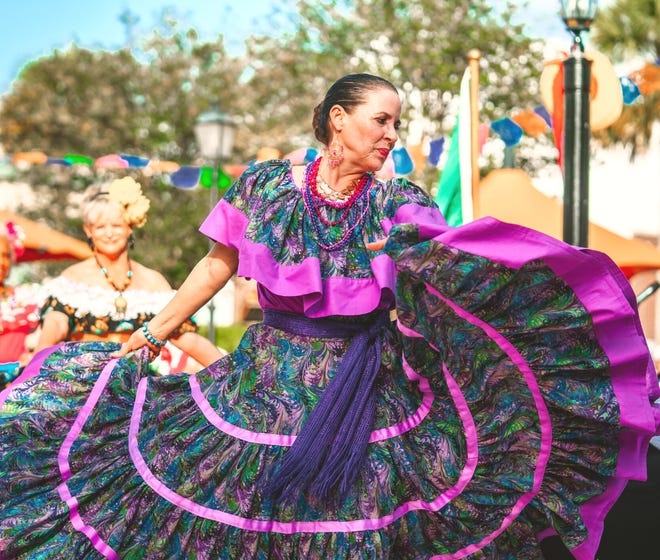Cinco de Mayo is one of the most recognized Mexican holidays in the United States. It’s when people search for half-price margaritas and feast on Mexican food.
But Cinco de Mayo — which translates to “fifth of May” in Spanish — isn’t actually about burritos and beer. And while it’s celebrated in Mexico, it is not as deeply ingrained in the national culture as it is in the United States.
In Mexico, Cinco de Mayo is primarily observed in the state of Puebla, where the historic Battle of Puebla took place. It commemorates the Mexican victory over the French empire on May 5, 1862. However, it’s often misunderstood as Mexico’s Independence Day, which is celebrated on Sept. 16.
Despite its significance in Mexican history, Cinco de Mayo holds more importance in the United States, but why? Here is everything you need to know about Cinco de Mayo.

What is Cinco de Mayo and why is it celebrated?
Mexican Independence Day, or Día de la Independencia, came on Sept. 16, 1810, when the country broke free of Spanish rule.
Cinco de Mayo came more than 50 years later when French Emperor Napoleon III wanted to claim Mexico for himself.
The French sent troops to force Mexico’s President Benito Juárez and the government out of Veracruz. On May 5, 1862, in a small town in east-central Mexico called Puebla, 2,000 Mexican soldiers faced 6,000 French troops at daybreak. Incredibly, Mexico claimed victory by the evening, and Juárez declared May 5 a national holiday.
The battle also played a role in the American Civil War. With the French defeated and leaving North America, the Confederacy wasn’t able to use them as an ally to win the war.
What did Mexico gain from Cinco de Mayo?
The victory in the Battle of Puebla was a significant morale boost for the Mexicans. The French army, one of the most powerful in the world at that time, was trying to establish a foothold in Mexico. Zaragoza and his troops defeated the much larger and better-equipped French army led by Gen. Charles de Lorencez, according to History.com.
The victory delayed the French advance toward Mexico City and gave the Mexican government time to prepare for further attacks.
The victory also had international implications, as it helped to demonstrate that the French army was not invincible. This indirectly affected the American Civil War, as it discouraged Napoleon III from providing support to the Confederacy. This support could have changed the outcome of that war.
Despite the Battle of Puebla’s significance, the French victory there did not end the French occupation of Mexico.
Who did Mexico gain independence from?

Mexico gained its independence from Spain. The Mexican War of Independence began on Sept. 16, 1810, when the priest Miguel Hidalgo y Costilla made the famous “Grito de Dolores,” a call to arms for the Mexican people to rise against Spanish colonial rule.
After over a decade of fighting, Mexico finally achieved independence on Sept. 27, 1821, when the Treaty of Córdoba was signed, officially ending Spanish rule in Mexico.
More:How Mexico celebrates Cinco de Mayo
Cinco de Mayo food and drink specials:Deals at Taco Bell, Chipotle, TGI Fridays, more
Why is Cinco de Mayo celebrated in the U.S.?
Cinco de Mayo is celebrated in the United States and Mexico, but it is a much more significant observance in the U.S.
While there are Cinco De Mayo celebrations throughout Mexico, notably in the city of Puebla, the event doesn’t compare to the celebrations of Día de la Independencia.
The reasons for its popularity in the U.S. are varied.
The celebration of Cinco de Mayo began as a form of resistance to the effects of the Mexican-American War in the late 19th century. The holiday gained popularity during the Chicano Movement of the 1960s and 1970s.
Cinco de Mayo is heavily commercialized in the United States, particularly by the food and beverage industries, which promote it as a day to enjoy Mexican food and drinks.
Cinco de Mayo events and deals in Florida
Contributing: Emily DeLetter, Amanda Lee Myers





